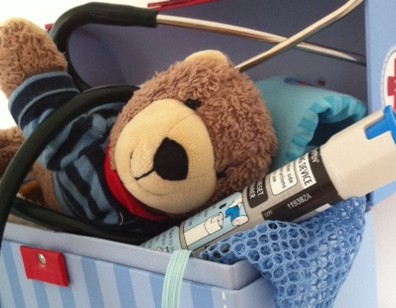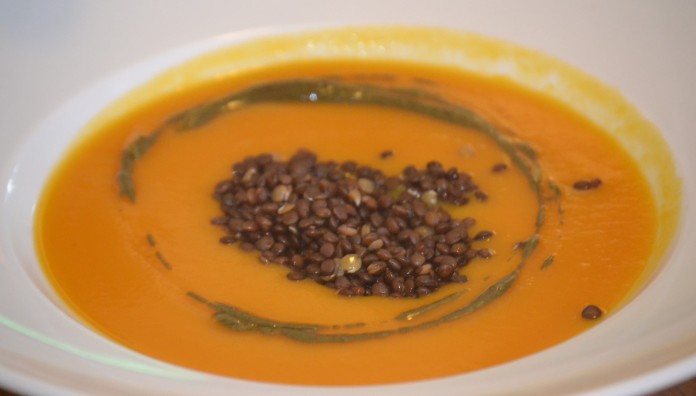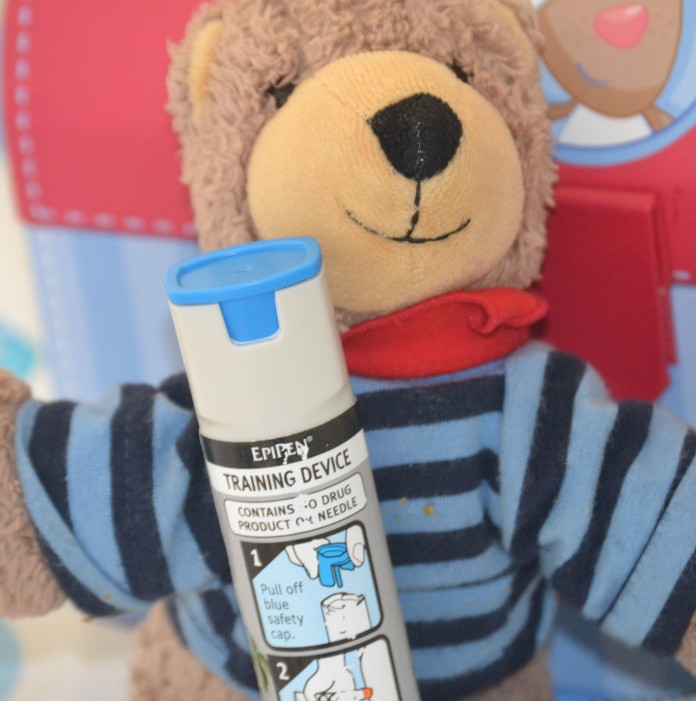Before I am talking about the two main issues in the UK with the AAI, I am listing the key facts about the 3 different AAI (Adrenaline Auto Injectors) available in the UK, EpiPen (R), JEXT and the Emerade. The latter is the latest addition to the market and comes in 3 doses and 2 needle sizes, which is unique.
Here is the summary of the key features:
Adrenaline Auto Injectors – UK Market 05/2014
EpiPen ®
Shelf life: 18 months (day of production to expiry date)
Dosage: Junior 0.15mg (>15kg-30kg body weight) and adult 0.3mg (>/= 30kg body weight)
Technique: Make fist and hold pen with firm grip in dominant hand, place away from upper outer thigh approx. 10cm, push in firmly, hold for 10 sec (count: 1 elephant, 2 elephants,…), rub in for 10 sec.
Storage: Room temperature. Not in fridge, not in car, not in hot places.
Excerpt from: http://www.epipen.co.uk/patient/
JEXT ®
Shelf life: 18 months (day of production to expiry date)
Dosage: Junior 0.15mg (>15kg-30kg body weight) and adult 0.3mg (>/= 30kg body weight)
Technique: Push firmly against the outer portion of the thigh. When you push Jext firmly against your thigh, a spring activated plunger will be released, which pushes the hidden needle through the seal at the end of the black needle shield, into the thigh muscle and injects a dose of adrenaline. Leave in for 10sec, rub in for 10sec.
Storage: Although Jext does not need any special storage instructions, it should be handled with care ensuring that it does not freeze.
Excerpt from: http://www.jext.co.uk/what-is/jext.aspx
Emerade ®
Shelf life: 30 months (day of production to expiry date)
Dosage: 0.15mg, 0.3mg (long needle), 0.5mg (long needle)
Technique: Press against the thigh. Hold for 5 sec. Then, massage the injection site lightly.
Storage: There is no upper temperature restriction. It may be kept cold but no not freeze.
Excerpt from: http://ww.emerade.com
Please keep in mind when receiving a prescription of any of the AAI, ensure you and everyone else taking care of the patient (including nursery staff, school staff, friends, family members) is properly trained on the device. Especially, when the prescription was changed to a different brand.
Also, regularly check expiration dates and repeatedly practice on the training device.
Current issues with the AAI:
A shortage has been reported in regards to the EpiPen and the Jext. Read the Anaphylaxis Campaign’s statement here:
Unfortunately, there is no mention of the Emerade, which is the latest addition to the UK market. Their manufacturer is currently trying to satisfy rising demand by increasing their capacities as soon as possible.
The reason for the shortage of the AAI in the UK may be due to the fact that EpiPen has been increasingly demanded since Jext had issues with their AAI end of last year/beginning of this year.
Moreover, the AAI are currently under investigation by the European Medicines Agency. Read the Anaphylaxis Campaign’s Statement here: http://www.anaphylaxis.org.uk/living-with-anaphylaxis/news/adrenaline-auto-injectors-to-be-reviewed-by-the-european-medicines-agency
From the Notice of Action, it seems the Regulators will be taking investigation into the needle sizes. In other words: Do AAI on the UK market fulfill the requirement of safe and efficient administration (true i.m. injection of the right amount) of adrenaline into the patient’s muscle? I am sure we will be hearing much more about the needle size issue.
What are your thoughts? Do these issues bother you? Would like to hear about your concerns.
Disclaimer:
The information provided is given in good faith. Every effort has been taken to ensure accuracy. All patients are different, and specific cases need specific advise. There is no substitute for good medical advice provided by an allergy specialist.














